DEPARTMENTS
DEPARTMENTS
Navigation
NGHWDF
The Genetic Science Department will examine the HWD genome to determine the origin, taxonomy, phylogeny and related species. We will also examine NGSD and Australian Dingo DNA to determine the lineage progession and any subspecies, both in regard to HWDs and domestic dogs in general. There is seemingly no end to the exciting work to be done, and we will also look to identify genetic disorders and other gene expressions. The HWD and NGSD registries will derive their genetic information from the overall genetic science and data. We are currently working with Cornell, UC Davis, UNSW, NIH and Texas A&M to examine the data we've acquired, to include confirming the A29 haplotype consistent with NGSDs and Australian Dingoes. To learn more,
HWDs
click here.
Genetic Science
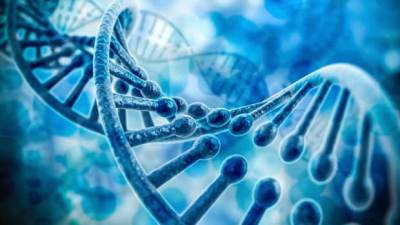
Evolutionary Science
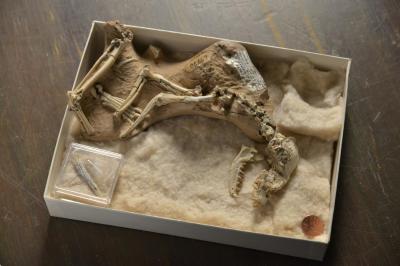
Working in 3C discovery with the Genetic Science Department, the Evolutionary Science Department will examine the evolution of the HWD, NGSD and Australian Dingo. While it's known that these primitive canids originated in Asia, the exact evolutionary path is unclear. Evolutionary Science will also examine the environmental role and niche occupied by these canids, and what impact they had on emerging dog breeds. The HWD is unique among all canids and science has waited over 60 years to obtain and work with biological samples from this missing link species.
SCROLL DOWN
Coevolution and Migration Science
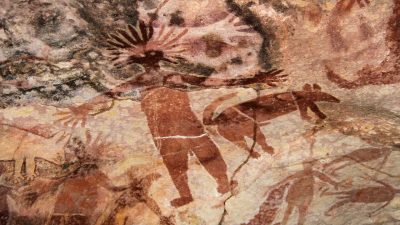
Coevolution occurs when two or more organisms evolve together. Humans and canids have been coevolving for a very long time, but just how long is still the subject of debate. As we evolved alongside one another, we also traveled the world, sometimes together, sometimes separately. The CMS Department seeks to identify the impact that the HWD had on humans and vice versa as we coevolved. This is a very complex and exciting area of research, as not only will we better understand canine evolution, but learn much about our own human story and evolution, as well.
Related Species Science
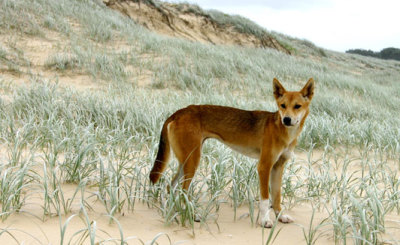
The Related Species Science Department will work in 3C discovery with the other genetic and evolutionary disciplines to examine the relationship between HWDs, NGSDs and Australian Dingoes, as well as some related dog breeds, such as the shiba inu and basenji. Are HWDs and NGSDs the same, or has captive breeding resulted in the NGSD as a subspecies? Just how different are NGSDs and HWDs from Dingoes? What is the proper taxonomy and phylogeny? How many subspecies will we find? The RSS Department seeks to answer these and other questions about these unique, closely related canids.
Behavioral Science
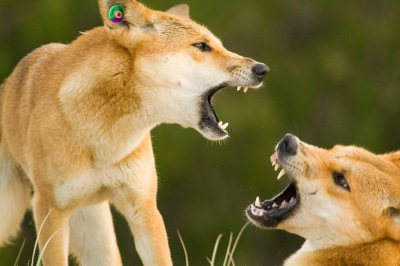
Little to nothing is known about the behavior of the HWD in it's native habitat. The Behavioral Science Department will examine the ecogram, cognitive function and ability, reproductive habits, social structure and culture, and much more. We do know that NGSDs have behaviors seen in no other canid, such as cheek and neck rubbing (similar to a cat), tree climbing, direct eye contact, and head on vs. oblique approach greeting pattern, just to name a few. We are so excited for the many discoveries to come!
Conservation
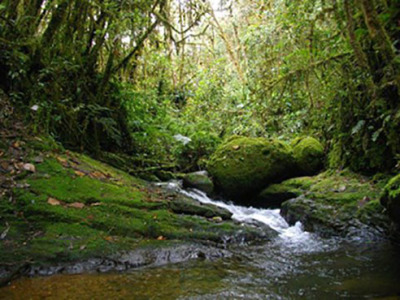
The Conservation Department will study the ecosystem and econiche of the HWD. This department will also be responsible for census, population concentrations, habitat protection, environmental and human impact on the HWD and other relevant protection and management plans. The CD will also manage the satellite tracking collar program, which will give the public and our interactive classroom partners access to monitor and learn about HWDs in the wild.
Captive Management will be responsible for both HWDs and NGSDs living in captivity, whether in zoos or private facilities or even homes. Management includes handling protocols, containment and habitat, veterinary care, enrichment, regulatory guidance, population and census, and identifying future locations and breeding partners for HWD specimens collected from the wild. Captive Management will work in 3C discovery with other departments, especially the Registry, to ensure the ongoing success, health and welfare of the species. Due to the unique circumstances of the captive NGSD breeding program, we have inadvertently created a captive reservoir that is similar in nature to the Balyaev Russian Fox Study, and this opportunity must be preserved and studied.
Captive Management
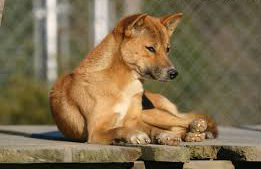
Strategic Planning
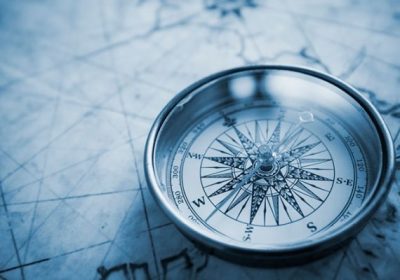
The Strategic Planning Department will be responsible for future roadmap development and research project identification, sourcing and implementation. This department will serve as the liaision for field researchers, universities, scientific community and other interdepartmental interests and relations.
Grants & Funding

The Grants and Funding Department will be responsible for both seeking and distributing funds and grants. They will also provide oversight for scholarships, funding ongoing projects and the fiscal succes and health of the foundation..
The Education Department will develop and implement all aspects of educational services and resources. Educational endeavors include lectures, seminars, internships, and general information regarding HWDs, NGSDs, Dingoes and New Guinea. The NGHWDF will also oversee a scholarship in Dr. I Lehr Brisbin's name, with special emphasis on benefitting and nurturing university students native to New Guinea. The Education Department will also offer an interactive classroom experience for elementary through high school students to encourage the pursuit of studies in the biological and natural sciences. Watch for our upcoming mentoring program, as well!
To learn more, visit the
EDUCATION
page.
Education

This element represents the description field. You can edit text on your website by double clicking on a text box on your website. Alternatively, when you select a text box a settings menu will appear. Selecting ‘Edit Text’ from this menu will also allow you to edit the text within this text box.
Logisitics
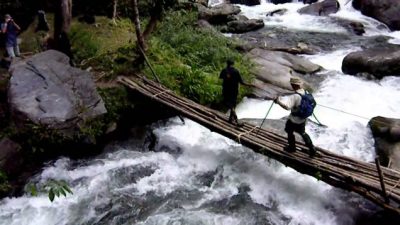
The Logistics Department will provide asset acquisition and management as well as deployment support for field research, expeditions and interagency infrastructure needs.
Legacy and Historical Data
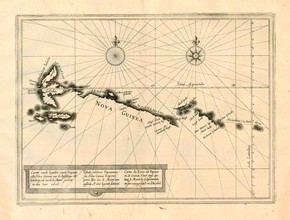
The NGHWDF Legacy and Historial Data Department will maintain a, comprehensive data repository for all aspects of the history of the HWD and NGSD. They will also provide support to the Legacy Registry.
This element represents the description field. You can edit text on your website by double clicking on a text box on your website. Alternatively, when you select a text box a settings menu will appear. Selecting ‘Edit Text’ from this menu will also allow you to edit the text within this text box.
The Registry Department will provide database management and breeding oversight for HWDs and NGSDS. Using ZooEasy as our pedigree platform, we have established a DNA based registry utilizing cutting edge science and technology to ensure optimal breeding and tracking practices. The Registry will manage HWDs, NGSDs and an admixture segment of the population separately, and will include both legacy and active registrants. Once we attain adequate database population, the Registry will seek recognition and integration with the ARBA, UKC and AKC registries.
To learn more, visit the
REGISTRY
page.
Registry
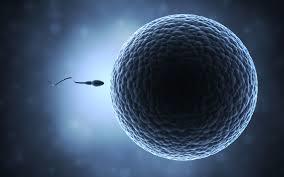
Rescue
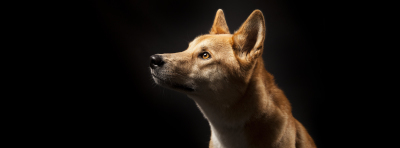
Working in close 3C effort with the Registry, the Rescue Department will provide a centralized HWD and NGSD Rescue resource. The Rescue Department will coordinate and fund the transport, medical/health intake, alteration and other rescue considerations for HWDs or NGSDs that cannot remain in their home or facility. Using qualified holding facilities and foster caretakers, all displaced dogs will be sheltered, evaluated, cared for and enriched until a suitable placement can be found. To learn more about Rescue, click
RESCUE
.
The Field Research Department is headed up by our Founder, Mac McIntyre, who is also Director of the Southwest Pacific Research Project. This is our "boots on the ground" division where the science begins. The FR teams will deploy to both known and yet to be identified survey sites to locate dogs, collect biological samples and live specimens, monitor satellite tracking devices, collect enviornmental samples and conduct census surveys. Planning for additional expeditions is well under way and will take place in fall 2017. For more information about expeditions and field research, visit the
HWDs
page.
Field Research
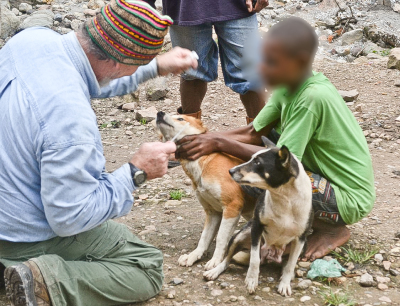
Southwest Pacific Research Project
Public Relations
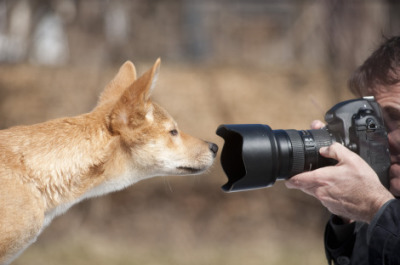
The Public Relations Department will serve as the liaison between the foundation and the public. This department will manage the NGHWDF blog,
The Den Site
, social media, press releases, news and newsletter, and other interfaces to ensure the latest information and research is available to all. To reach the Public Relations Department, click
PUBLIC RELATIONS
. To sign up for our newsletter, use the link on the Public Relations Page.
Back to Top

new guinea highland wild dog foundation, inc
Conceptual Organization Chart

NGHWDF Conceptual Organizational Chart, subject to change and growth. Departments will be managed by Chief Scientists from related fields and will work in cooperation with directors and peers to provide oversight and steering, supported by Committees and their sub-committees, interest and focus groups.
Committees will be managed by Committee Chairpersons working in support of their respective Departments and providing oversight and coordination for sub-committees, interest and focus groups. Committee Chairs provide the interface between the Foundation, the public , sub-committees and Departments.
Sub-Committee Team Leads will manage their respective projects and coordinate through their respective Committee Chairpersons.
History
(Ms Gayle Person)
